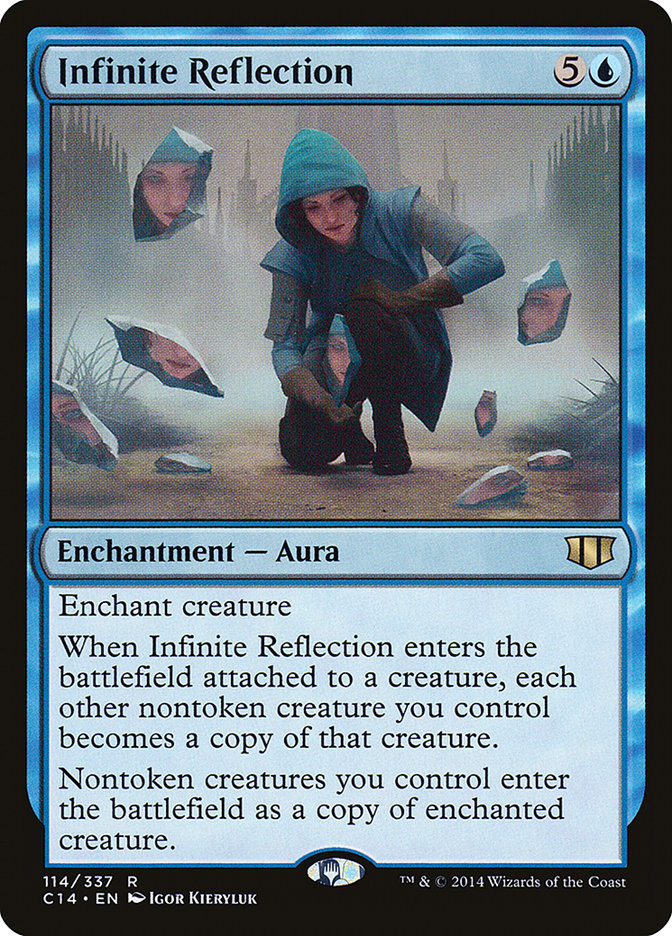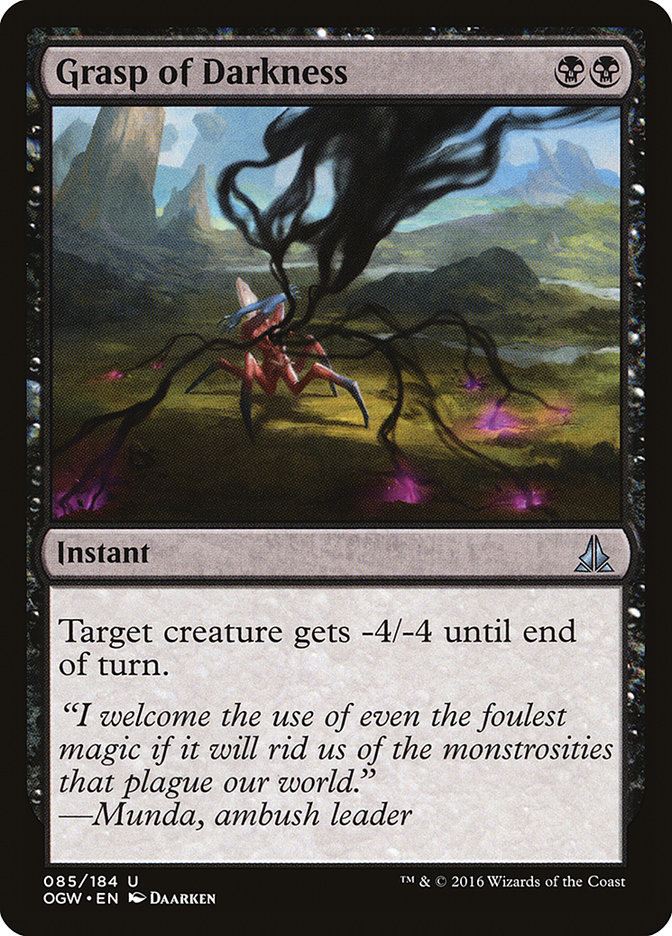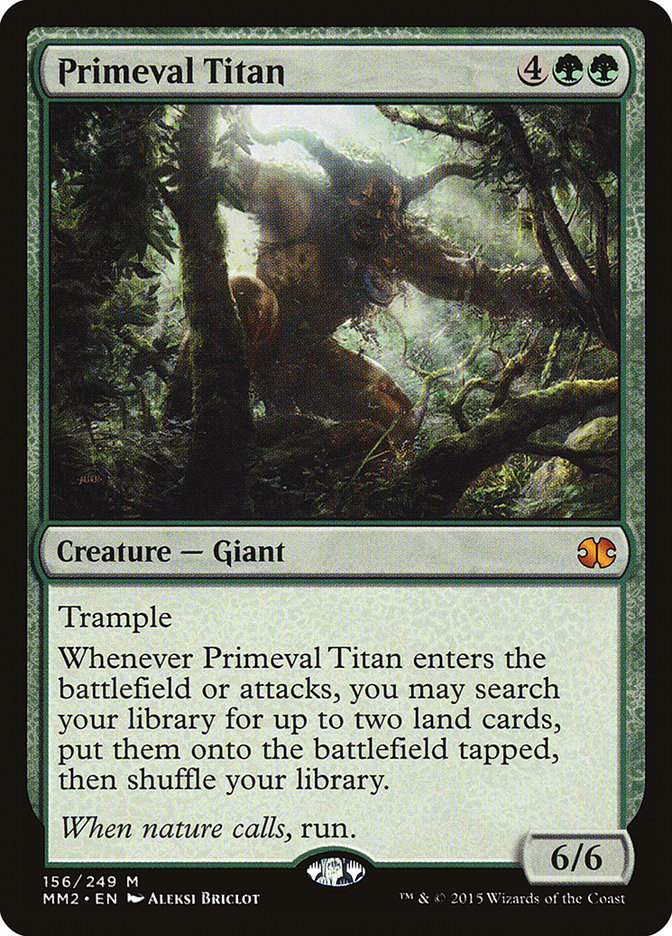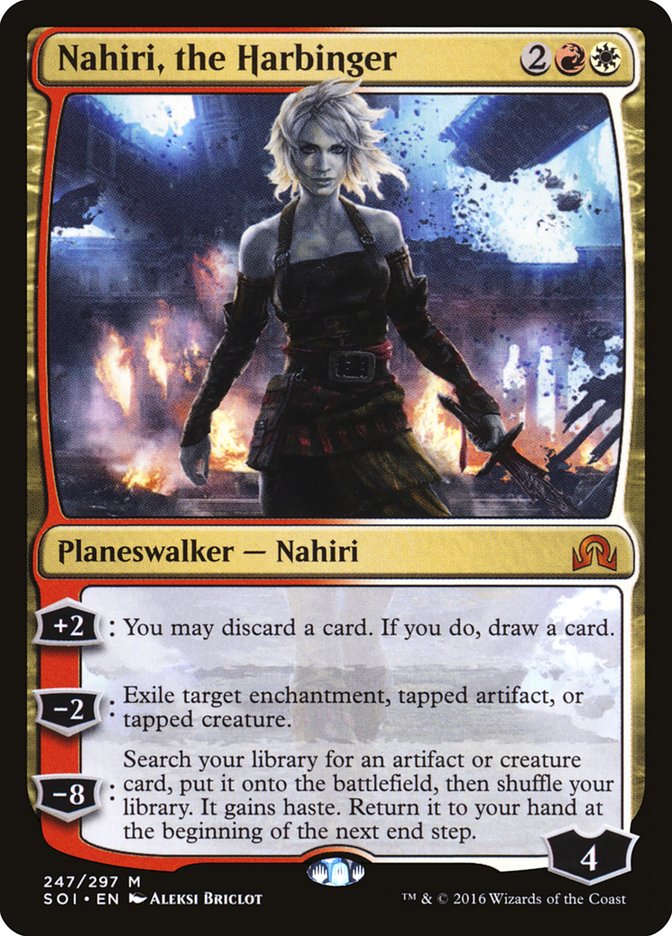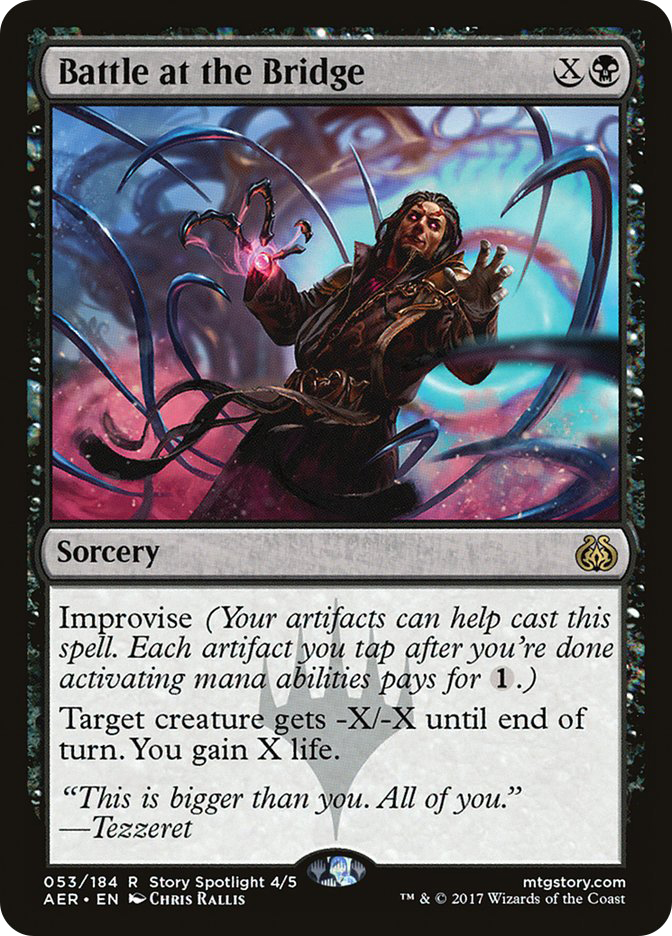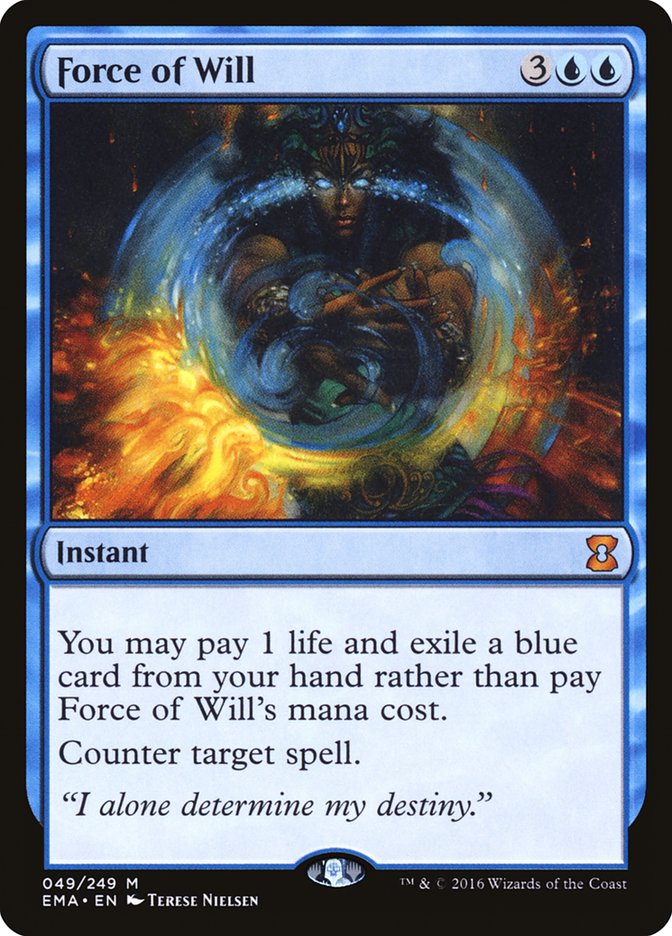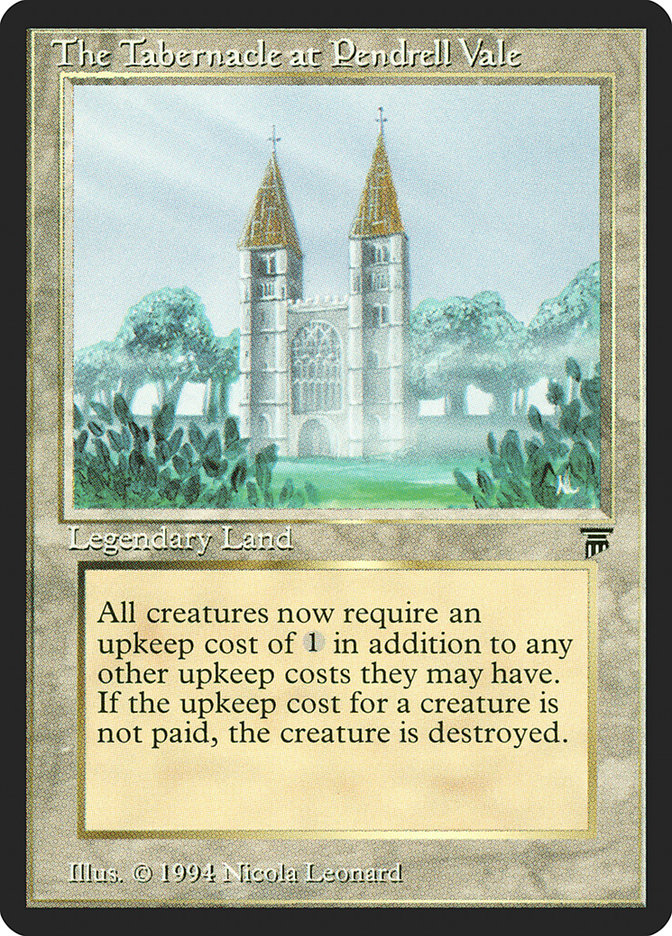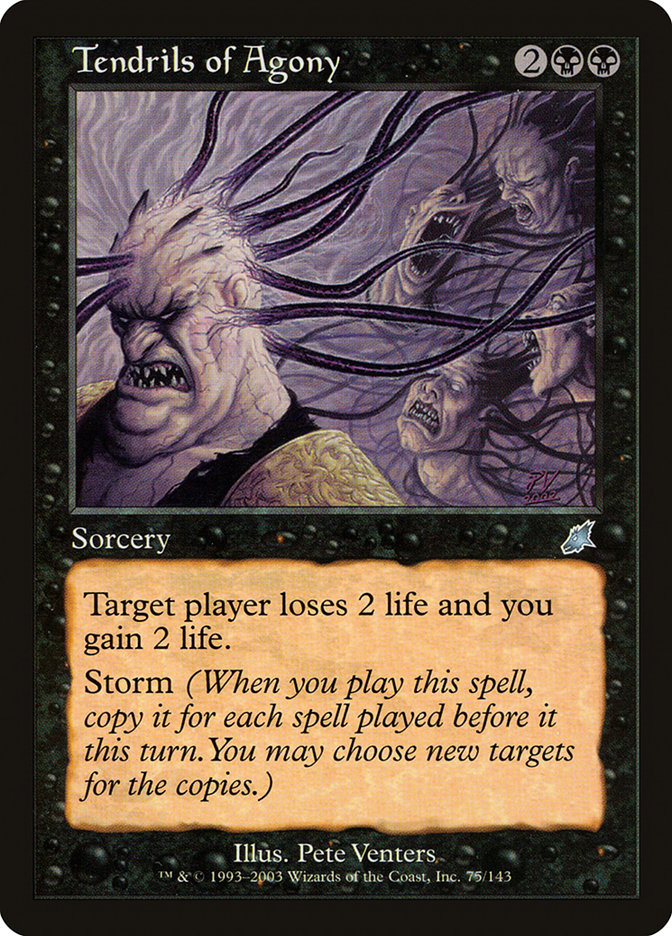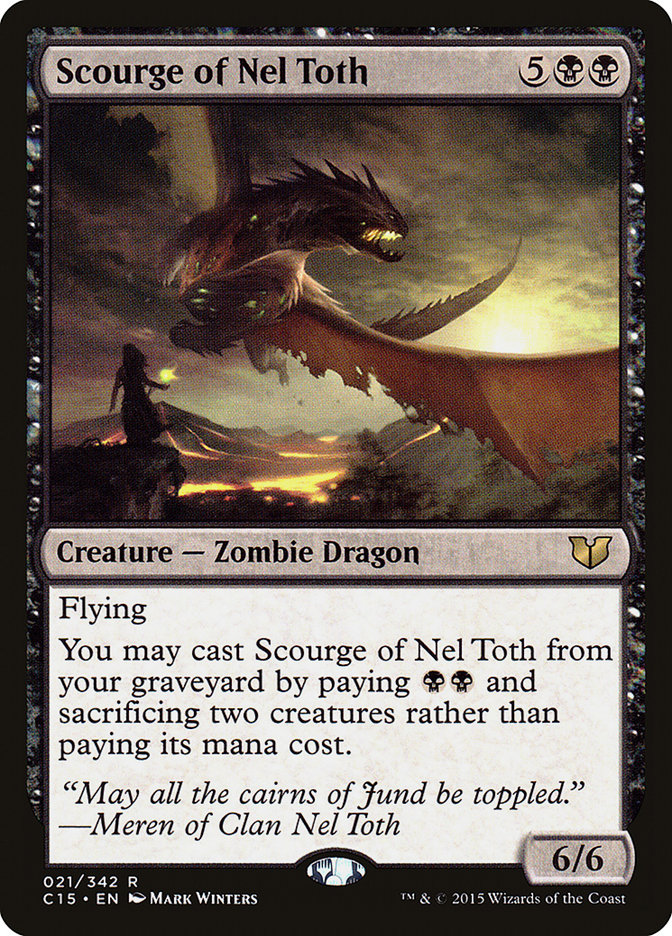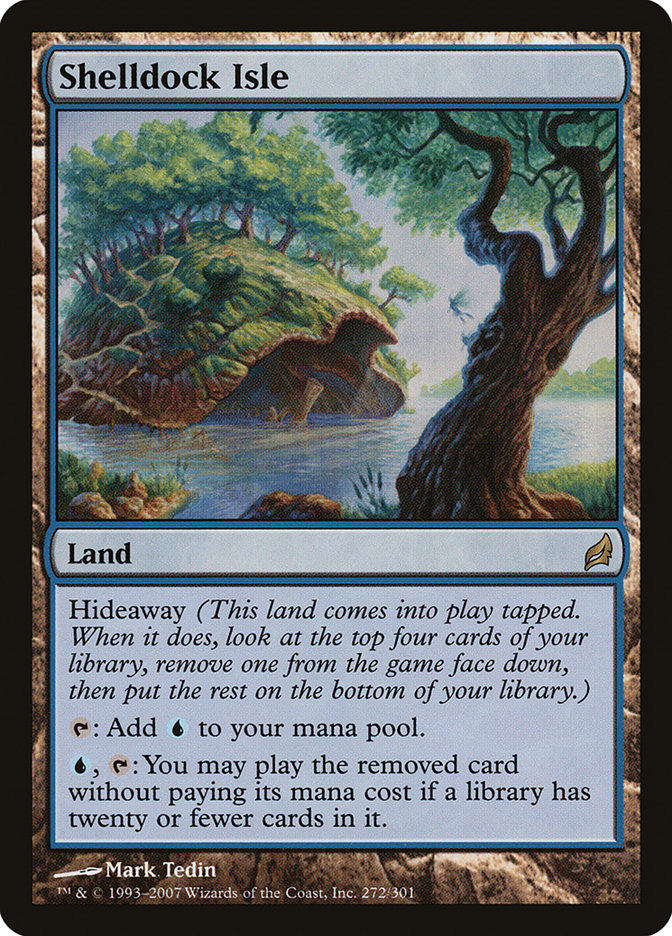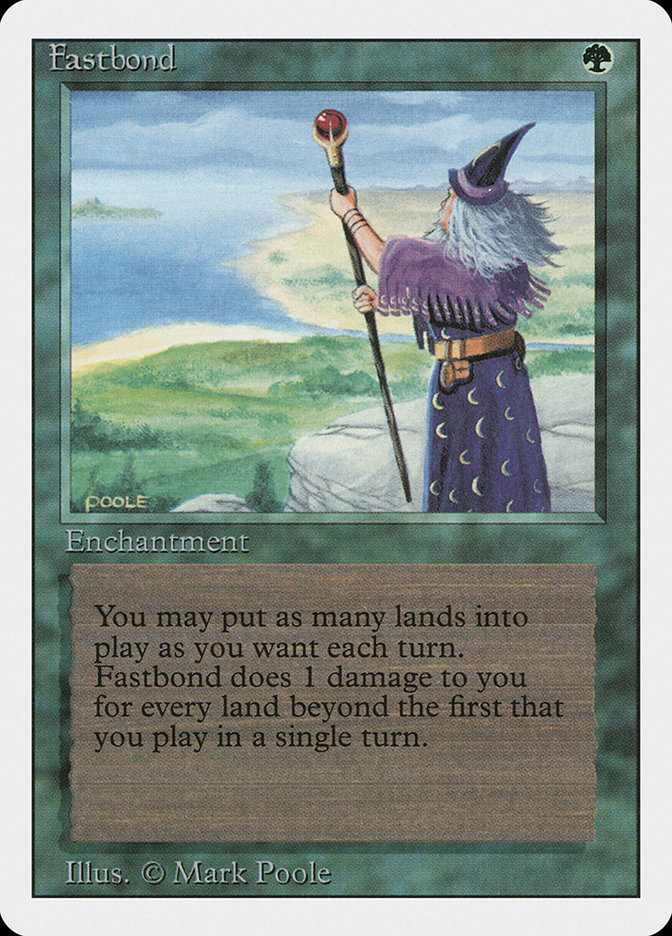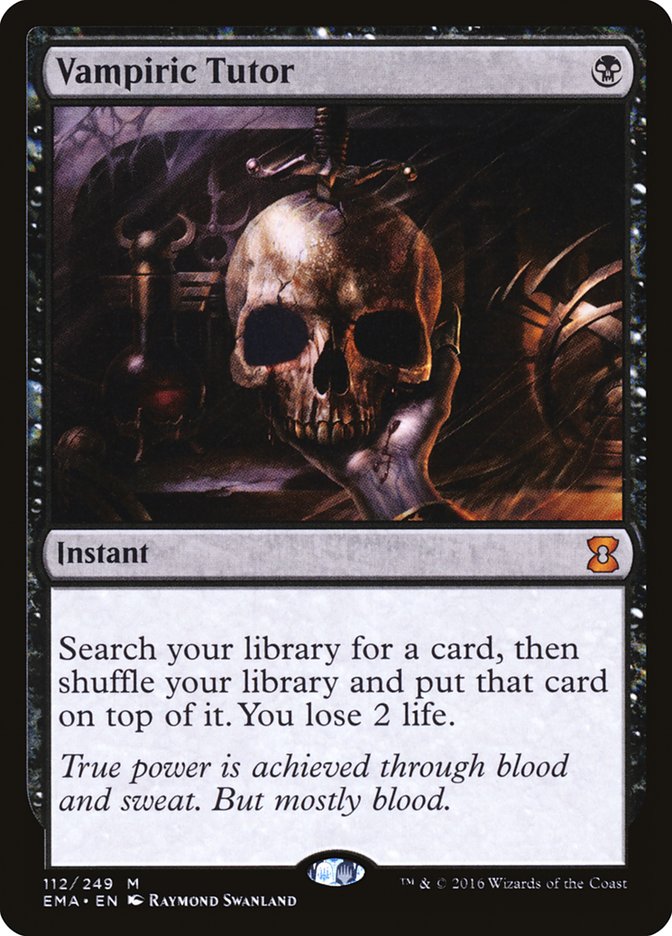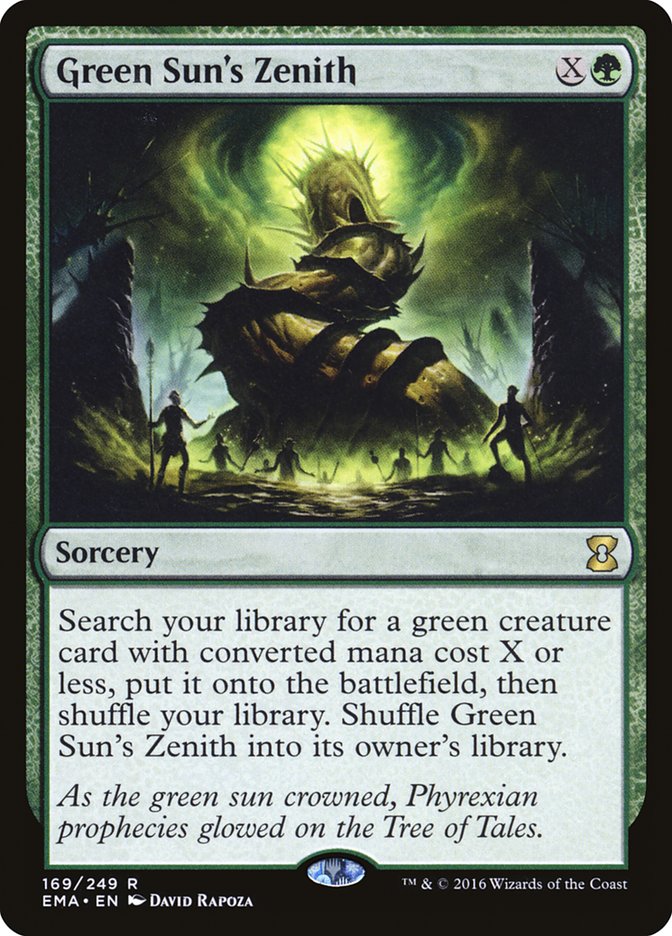One strange aspect of life as a professional Magic player is the schedule. Sometimes, there are six-month stretches with a Pro-level event every two months and GPs between them, such that there’s always pressure to be preparing for something, and other times, there are short lulls. December is consistently one of the lulls because no one wants to schedule a major tournament during the holidays, so my career gives me a few weeks to a month to hibernate at the end of the year.
With the year drawing to a close, few tournaments to prepare for, few new cards to evaluate (which Patrick Chapin did a pretty thorough job covering), and few results to process, Magic writing loses its regular news cycle, and we see a lot of end-of-the-year retrospectives (like Ari Lax’s piece), followed by plans for the new year.
I don’t have a memory like Ari’s, which is too bad, because taking stock of lessons from the past year does seem pretty useful, but I just can’t do it. Now that I think about it, I wonder if the reason my memory doesn’t work that way is just because I don’t spend a lot of time thinking about things after they happen. I’m always looking forward, even while doing something I’ve been looking forward to; once I’m at that point, I’ve started looking forward to the next thing.
In lieu of that, I’m going to take stock of where I am now. There are a lot of different things I can cover here, and trying to organize them is tricky. I want to offer actionable advice while also getting a little more into my own life than usual, so I guess I’ll follow that gradient from “most about Magic in ways my readers can use” to “most about me;” that way, if you’re just here for the strategy content, you can safely stop if I drift away from topics that interest you.
First, let’s take stock of each Constructed format:
Standard
This is a somewhat maligned Standard format because we’ve seen the same decks settle at the top with a few shake-ups, but nothing as significant as we’ve come to expect. It’s disappointing because there are so many different interesting strategies that are just a level below the best things. This format still has Eldrazi, Cryptolith Rite, Prized Amalgam, Metalwork Colossus, Seasons Past, and a bunch of other fringe strategies that are just short of being able to keep up.
I really wonder what the format would look like without Emrakul, the Promised End; whether we’d be better off with it banned, and whether it will be an oppressive enough force to warrant that extreme action. Some players really love the impact of Aetherworks Marvel on Standard, because it does something different and flashy and fun, and others hate it because it can end games in abrupt, non-interactive ways but even does that in a way that’s relatively high-variance.
If Emrakul weren’t around, I wonder if it would see play in a fairer capacity doing fairer things. Maybe we’d see a Dynavolt Tower deck that used Aetherworks Marvel as an alternative sink for its energy or something (incidentally, I’ve wondered if this could be a thing as-is).
Anyway, with Standard as it is, if I were playing in the #SCGPC, I’d most likely play an update of W/G Humans:
Creatures (25)
- 1 Expedition Envoy
- 4 Thraben Inspector
- 2 Sigarda, Heron's Grace
- 4 Thalia's Lieutenant
- 3 Tireless Tracker
- 4 Duskwatch Recruiter
- 2 Thalia, Heretic Cathar
- 4 Heron's Grace Champion
- 1 Oviya Pashiri, Sage Lifecrafter
Lands (25)
Spells (10)

I’ve already written about why I like this deck, and nothing has changed (in part because I haven’t played any Standard). The Aetherworks Marvel matchup is still shaky, but I like it everywhere else enough that I’d happily play it again. If testing shook my confidence, my backup plan would be to simply copy Matt Severa’s list from GP Denver.
Mardu Vehicles has been a solid archetype throughout the entirety of the format, and, while I’ve somehow avoided ever actually playing it, it’s a deck that fits my playstyle well enough that I’d be comfortable picking up. It’s a known factor, but at this point in the format, that’s probably not worth trying to avoid; you have to go too far from what’s shown any sign of working to try to catch someone off-guard, so it’s best not to try too hard to do that.
Modern
Choosing a Modern deck for me lately has simply been a matter of deciding between Death’s Shadow and Lantern Control, and nothing’s happened to make me revise that perspective. At this exact moment, I’d lean toward Lantern Control, as seen in my video here.
I’m looking forward to updating Lantern once Aether Revolt hits. We’ve seen very few cards, but already Battle at the Bridge is very interesting (I choose to believe that the art depicts a battle at the Ensnaring Bridge, which is what those tendrils represent, as the card was clearly designed for Lantern Control).
Improvise as a whole is the perfect mechanic for Lantern, as the deck quickly fills the battlefield with artifacts, many of which can freely tap at no cost to their controller (Lantern of Insight, Ensnaring Bridge, Pithing Needle, Sun Droplet) and others of which don’t necessarily mind taking a turn off (Codex Shredder and friends). If there’s a strong enough pull because of the Improvise mechanic, Mishra’s Bauble could easily find its way back into the deck.
As a result, I’ll be watching the mechanic very closely for additions to my Modern deck, but as for Battle at the Bridge specifically, with a normal draw, you can expect to play a land and an artifact on turn 1, followed by another land and another one-cost artifact. Then you could cast Battle at the Bridge for X equals two for one mana on the second turn.
That’s a decent floor, and things get a lot better with a Mox Opal, but more importantly, if you can wait until the third turn to cast it, you can probably easily get X up to four or five while making another play that turn, and if you draw it in the late-game you’re looking at killing a creature and picking up seven to ten life pretty reliably. Sorcery-speed creature removal is actually very narrow in the deck, but given how often it gets into states where getting burned out is the primary concern, a card that quickly erases that concern is very appealing.
Both of my preferred Modern decks are at their worst when B/G/x is popular. Fortunately, Lantern Control would much rather play against Abzan than Jund, and Death’s Shadow would rather play against Jund than Abzan, so if I absolutely have to, I can pick a deck based on which flavor of B/G/x seems more popular at the moment, but I’m more likely to go by other factors. Death’s Shadow is better against big mana decks like Tron and Valakut, while Lantern is better against other Path to Exile decks like Hatebears or Jeskai.
Legacy
I haven’t played Legacy in quite a while, but I think I’d still play Storm if I were playing in #SCGPC or #GPLouisville. (Incidentally, I won’t be playing in Louisville because I’ll be defending my title at the Super Sunday Series Championship.) I don’t really have much to say about Storm. I think most people still aren’t playing Rain of Filth, which I think is a mistake (a single copy, of course); beyond that, I don’t have a lot of wisdom on the deck.
I almost wonder if Scourge of Nel Toth should make me reconsider Zombies, but I highly doubt it’s still close to competitive in the format at this point.
Really, if I weren’t going to play Storm, I’d probably just try to play Miracles. I wouldn’t especially trust myself to do well, but I do love casting Predict.
As for the format as a whole, I really wish they’d ban Sensei’s Divining Top at some point.
Cube
Not usually something I follow up with, but this is getting more into where I am right now. Vintage Cube is up on Magic Online, and, for the first time, it’s up with Leagues, so I think I’ll probably play a good amount of that, since, like most players, I love both Vintage Cube and Leagues. I haven’t played enough to have specific thoughts on this version.
On a more personal note, I haven’t updated my physical Cube in a couple of years, but some friends have expressed interest in playing during the coming weeks, and I have some time, so I’ve started working on a new list. I’m finally putting my money where my mouth is on my claim that searching should be banned in casual formats because the amount that it slows games down makes Magic less fun, and in general, the increased consistency that searching offers is also detrimental to the overall fun of casual formats, so most importantly, my Cube won’t include fetchlands.
Banned.
I think this will have an interesting impact on the way the Cube is drafted beyond just speeding up gameplay. As is, each dual land or shockland you draft makes you want more fetchlands, and each fetchland makes you want more duals and shocks, so that going down that path kind of functions as its own color, or archetype or some…thing that leads you down a path.
With each land having a standalone function, two-color decks that are looking for their dual land for extra consistency are more likely to get it, while I plan on including three-color lands and/or Vivid lands for people who are looking to splash or play more than two colors, so now everyone should be looking for the right lands for them rather than lands that are generically good, so lands in general should be available a little later, and mana might actually end up better across decks as a result.
This also means removing some specific cards like Vampiric Tutor and Demonic Tutor, which I’m happy to be rid of anyway, since they tend to just make decks better rather than more interesting, and also removeing a few archetype staples like Survival of the Fittest and Entomb, which might be nice to have, but I think taking a break from them is fine too.
Magic and Me
I missed at the one Pro Tour this year, and didn’t compete in Worlds, which means I’m starting off in a precarious position from the perspective of trying to hit Worlds or Platinum. I’ll probably need a Pro Tour Top 8 sometime this year to hit either, which, having been Platinum for the last few years, is a tough realization. Thanks to some solid GP finishes headlined by a win at GP Louisville in September, my year isn’t off to a horrible start, but I have some work to do. As always, I’ll try my hardest to do it.
The creation of the team series at Pro Tours starting with PT Aether Revolt is causing a lot of challenges and rifts for players and teams,as everyone tries to find sponsorship and team opportunities that work for everyone involved. At this point, very few people seem to have anything fully resolved. I don’t expect any big changes for myself, and intend to prepare with a very similar group to what I’ve been working with, but nothing’s set in stone yet.
My Life
There’s been a bit of talk lately about the challenges of the “Pro Magic Lifestyle.” I personally don’t experience a lot of that. I don’t tend to feel burned out after traveling; it’s gotten fairly routine, but in the normal, familiar way, not the tedious grind kind of way. While I have something of a break for a few weeks, I don’t feel like I really needed this break, and I expect that at least one of these weekends I’ll wish there was a tournament I could be playing in, but I also don’t really mind not having as much pressure to prepare for at least a week or two.
For a lot of people, balancing how much they focus on Magic against their other responsibilities can be challenging, but not having another job makes that pretty simple for me. Family is the other major concern: my partner Lex and I have been together for a little over thirteen years at this point, and these last two have been the best by far. Since we were together long before I even qualified for my first Pro Tour, Lex understands my job and lifestyle very well and never complains about any time that I have to spend testing or preparing, and we’ve actually gotten to see each other quite a bit more recently than I’d been accustomed to, which has been great.
In the comments on Ari’s article (linked above), I responded to a question I see asked a lot. People want to know what goes into pursuing Magic as a full career and how it works financially. I get that there’s an audience who would love a detailed description of how to make it all work, but, as I said there, that just isn’t possible.
Everyone’s financial requirements and opportunities are just too different. Some people have debt or dependents that force them to earn a lot more than others, some places are more expensive than others, and some people lead far more expensive lifestyles than others. Some people live comfortably on under $30,000 a year, and others have trouble stretching $60,000 to meet their needs. Going over the details of my accounting wouldn’t be as useful as you might hope, and it would be almost exactly as interesting as it sounds.
For me personally, the answer is no, money isn’t a concern, and really, basically nothing is. My life is consistently great and easy (in the sense that it’s not too stressful or full of hardship, not in the sense that it doesn’t require skill). One reason I don’t stream is that I don’t really want to try to monetize it; I don’t need the money and I’d hate to accept donations when those might otherwise go to another streamer who’s really relying on donations to live out their dream.
Anyway, that’s where I am. Life is good, but I hope I can catch a break (get very lucky while playing well) at a PT this year. If I can’t, I’ll be disappointed, but nothing will really change if I have to be Gold for a year.


